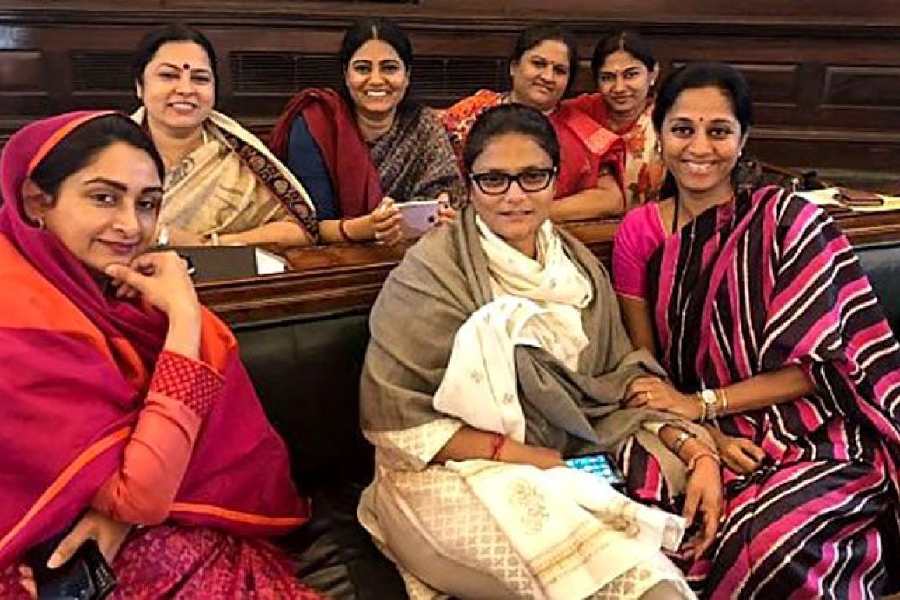B.R. Ambedkar argued that the progress of a community is measured by the progress made by its women. This means that in an ideal democracy, women will vote, get elected, and lead. As Indian democracy completes 76 years, it is perhaps instructive to examine the crisis in female political leadership.
The gender gap in electoral turnouts in India seems to have been bridged, with women voters often outnumbering their male counterparts in polls. The number of women MPs in the Lok Sabha has improved significantly, from 24 in 1952 to 78 in 2019. But the latter figure remains a marginal 14.3% of the total membership of the House. Only 33 out of a total of 238 MPs (13.8%) in the upper House are women. In the state assemblies, the percentage has varied from 14.44% female MLAs in Chhattisgarh to none at all in Mizoram.
A bill mandating reservation of seats in Parliament for women is yet to see the light of day. The 73rd and 74th Constitutional Amendment Acts of 1993 reserved one-third of seats in rural and urban local bodies for women, a move that was heralded as a second wave of democratisation that would lead to empowered female political leadership. However, the inadequate devolution of political authority and resources, regular rotation of reserved seats, and a patriarchal culture have often rendered these women proxies of their male counterparts, thereby negating their potential for autonomous leadership.
Even the rise of a few women who have climbed the political ladder to emerge as mass leaders can be explained in two ways. First, the dynastic inheritance theory argues that female political leaders owe their status to the political capital enjoyed by their family-kinship ties. A few examples of this would include Indira Gandhi following in the footsteps of her father, Jawaharlal Nehru; Sonia Gandhi carrying forward the legacy of Rajiv Gandhi as the Congress president; Rabri Devi assuming Bihar’s chief ministership when her husband, Lalu Prasad, was forced to resign following charges of corruption and so on.
Second, the masculinity deficit theory highlights how female political leaders deprived of familial political lineage have proactively associated themselves with the legacy of their male mentors and often emulated aggressive masculine traits to compensate for the ‘masculinity deficit’ and ensure their survival in an otherwise male-dominated arena. J. Jayalalithaa’s projection as veerangana and Mayawati’s image serve as cases in point.
Seventy-six years of Indian democracy have yielded only one woman prime minister and just 16 female chief ministers. West Bengal’s Mamata Banerjee is the only incumbent woman chief minister at present. Banerjee may have redrawn the contours of conventional female political leadership but her party is battling serious corruption charges and her fluctuating political stances at the national level have undermined her credibility as a possible prime ministerial candidate. The fate of other women — Sonia Gandhi’s virtual retirement from politics, Sushma Swaraj’s untimely death, and Mayawati’s political rout — signals the deepening crisis of female leadership in the country. There are only two women in the Union cabinet, but both Nirmala Sitharaman and Smriti Irani are yet to emerge as mass leaders. Droupadi Murmu’s nomination as India’s second woman president is more a symbolic gesture than a substantive development.
Overcoming this crisis in female political leadership in India will require heightened political consciousness and enhanced participation of women at all levels of governance. In an epoch of identity politics, gender concerns in political leadership shall continue to feature prominently as India continues its arduous journey in making ‘his-story’ equally hers.
Soumyadeep Chowdhury is a student of St. Xavier’s College (Autonomous), Calcutta











